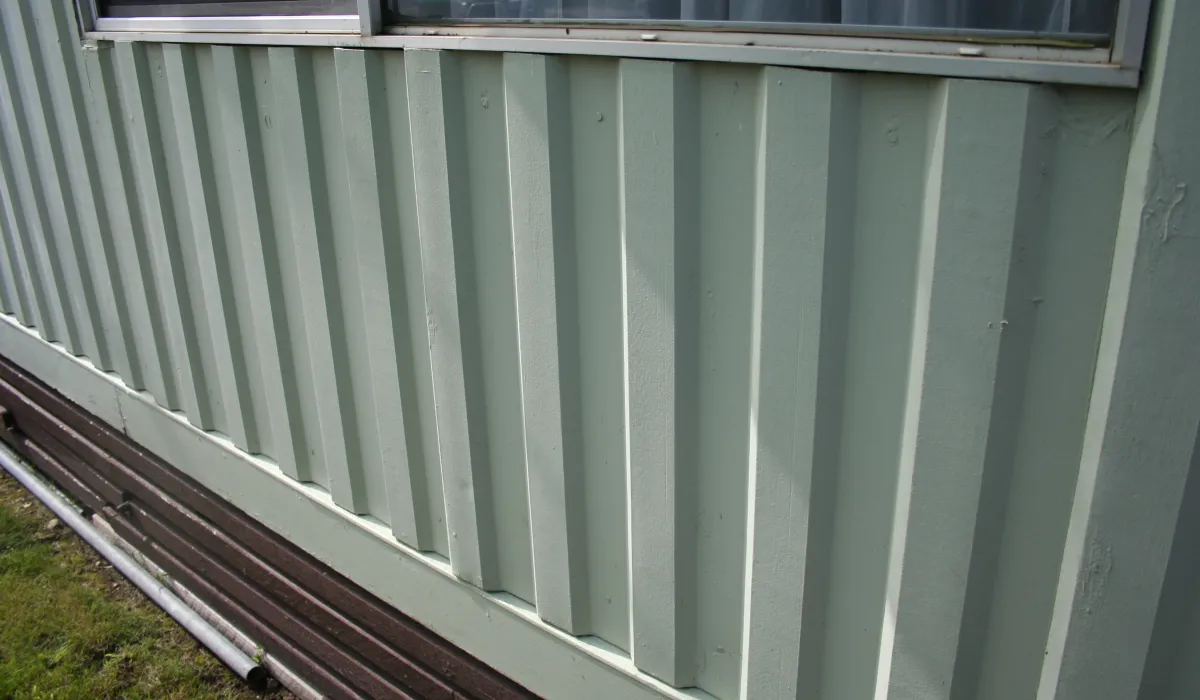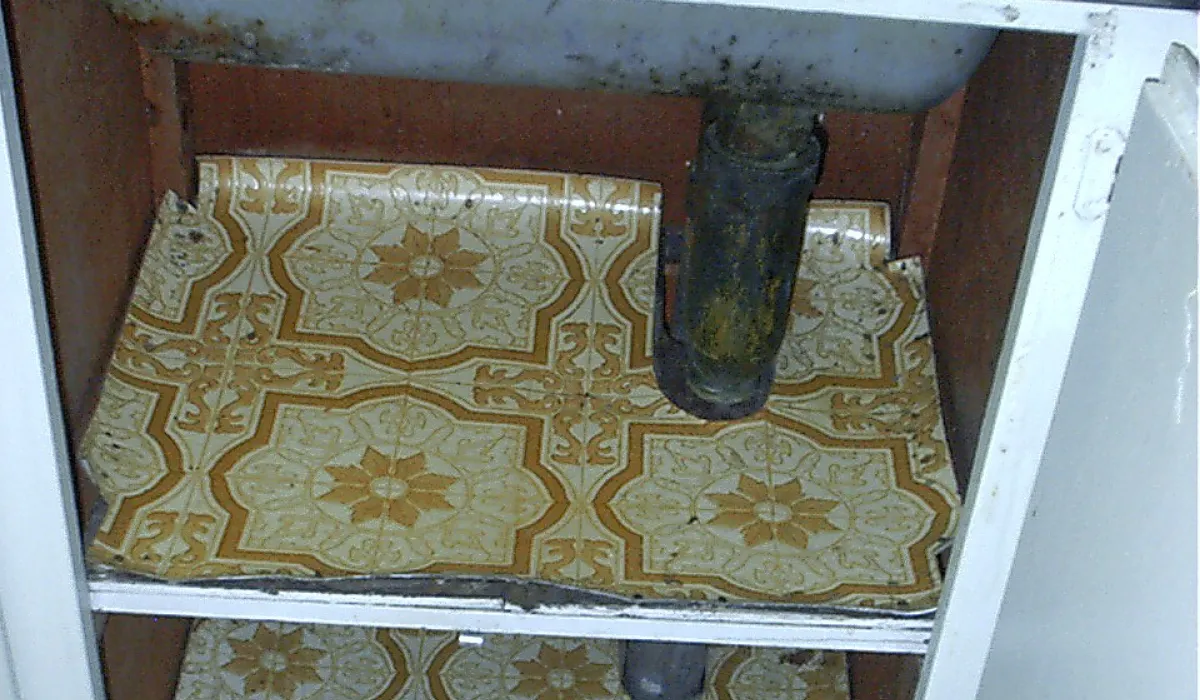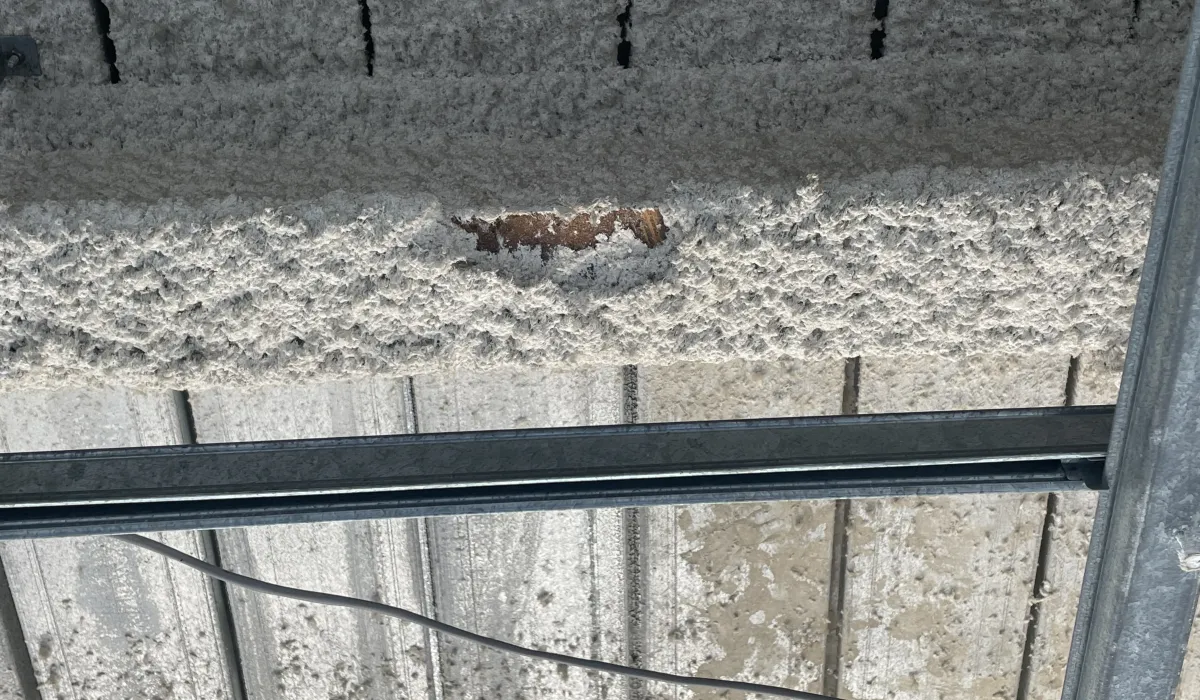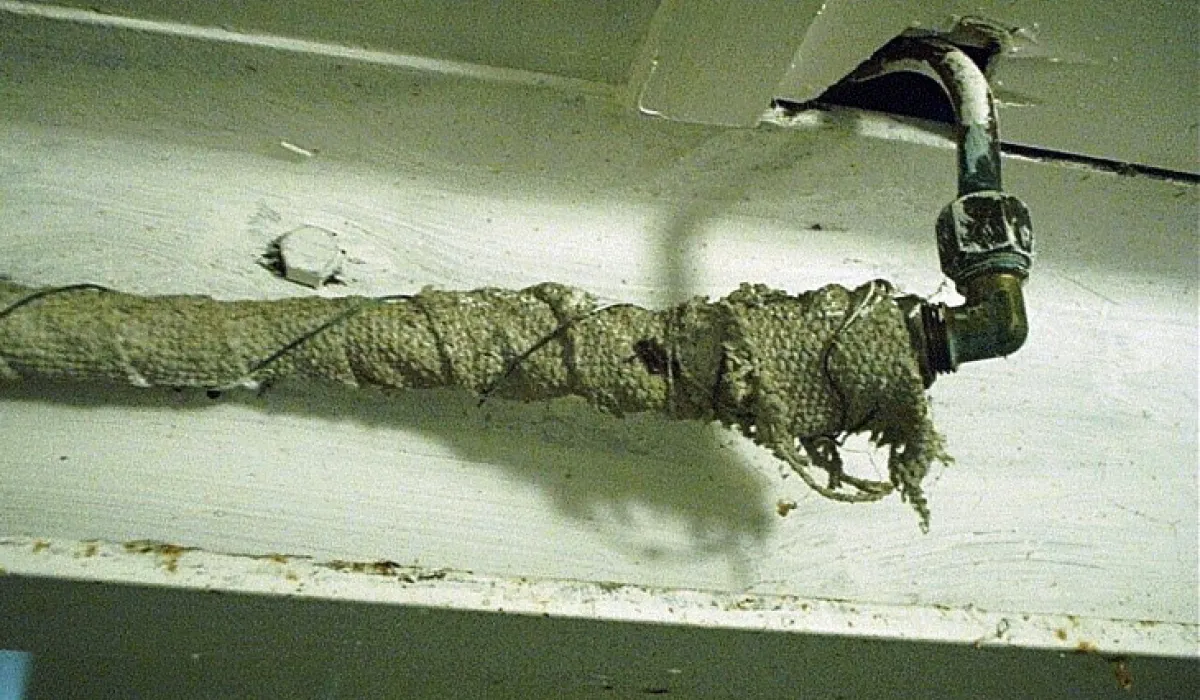Asbestos is group of naturally occurring minerals known to cause cancer and other diseases.
What is asbestos?
Asbestos is a naturally occurring group of fibrous silicate minerals found in rock and soils. There are 6 types of asbestos that fall into two groups:
- Serpentine group has curly fibres in layered sheets of crystal – comprised of only chrysotile (white asbestos)
- Amphibole group has straight, needle-shaped fibres – comprised of anthophyllite, amosite (brown asbestos or grey asbestos), crocidolite (blue asbestos), tremolite and actinolite.
Asbestos was widely used in building materials and other products due to its heat resistance, strength and affordability.
Australia was one of the highest users of asbestos per capita in the world from the early 1900s to the late 1980s, including a significant number of asbestos materials used in homes.
Since 2003 it has been illegal to manufacture, import, supply or use asbestos in Australia, however, asbestos-containing materials are still found in many older buildings, structures and machinery.
When does asbestos become dangerous?
Asbestos becomes dangerous to health when the fibres are released into the air and inhaled. The fibres can become trapped in the lungs, causing life-threatening diseases such as lung cancer, mesothelioma and asbestosis. These diseases typically develop slowly, with symptoms often not appearing until 20 to 30 years after exposure.
Asbestos containing materials are categorised into two types:
- Non-friable (or bonded) asbestos materials are the most common type, where the asbestos fibres are secured within a bonding compound such as cement or adhesive. These materials include asbestos cement used for roofing, walls, eaves, fences, pipes, as well as textured paint, gaskets and brake pads. Non-friable asbestos materials can become dangerous when they are disturbed, damaged or deteriorating.


- Friable asbestos materials are loosely bound and can be pulverised or broken up easily by hand. They were mostly used for fire proofing and insulation and are extremely hazardous because the asbestos fibres can be easily released into the air.


Asbestos products in Australian buildings are anywhere between 30-100 years old and have now reached or are nearing the end of their product lifespan. Ageing asbestos products are starting to degrade, increasing the risk of exposure to asbestos fibres.
Asbestos in buildings can be accidentally disturbed or damaged during maintenance activities, renovations or demolition. It can also become damaged during extreme weather and other disaster events. The subsequent clean-up is often dangerous, time-consuming, and costly.
It is therefore important to identify the presence of asbestos materials so that precautions can be taken to avoid disturbing or damaging them until they can be safely removed by a licensed asbestos professional.
How can asbestos affect your health?
Asbestos fibres possess chemical and physical properties that are toxic to human health. All types of asbestos are known to cause several asbestos-related diseases, which can be fatal.
An estimated 4000 Australians die annually from asbestos-related diseases. The diseases that can arise due to asbestos exposure are lung cancer, malignant pleural or peritoneal mesothelioma (cancer of the mesothelial cells which cover most internal organs), laryngeal cancer, ovarian cancer and asbestosis.
The World Health Organization (WHO) states that there is no known safe level of exposure to asbestos which means that no threshold has been identified below which cancer will not occur.
What is the risk of developing an asbestos-related disease?
The risk of developing an asbestos-related disease increases with the duration of exposure to airborne asbestos fibres (whether during a single event or multiple events over years), and therefore the number of fibres a person inhales during their life. However, some people develop disease from minor exposure, and it is not possible to determine who will or will not get disease. The only way to eliminate the risk of disease is to avoid exposure to airborne asbestos fibres.
The people at greatest risk of exposure are those that undertake repairs, maintenance, renovations and other work on older buildings and infrastructure which contain asbestos materials. Research has shown that smoking significantly increases the risk of lung cancer in people who have been exposed to asbestos.
Simply living or working in a building containing asbestos is not necessarily dangerous, provided the asbestos is sealed, undamaged, and is not disturbed.

